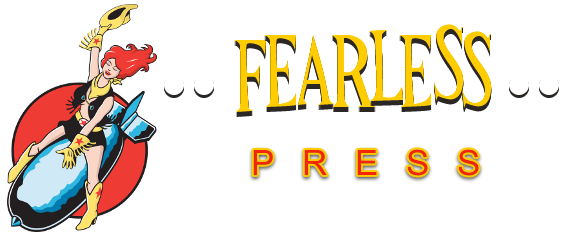by Megan Andelloux
Many women do. Other women could care less. And some haven’t thought about “wanting it” for years. We’re talking of course about sexual desire. Craving sex. Wanting to be touched. The desire we get to feel intimate.
The libido is such a primal urge, that any threat or perceived threat to our sex-drive cries out for a cure. As most people with access to a TV are now aware, the superstar of sexual pharmaceutical world is Viagra. The little blue pill, manufactured by Pfizer and now over a decade old, works by increasing blood supply to the sexual organs. To date, millions of men have rediscovered their libido thanks to this and similar drugs.
In the post-Viagra age, women’s sexual functioning has been the focus of many a research study. While Pfizer has made some attempt at marketing the little-blue-pill-that-could to women, it has not yet gained widespread acceptance. We are left with that age old question “What do women want?” It turns out (surprise, surprise) that women work differently than men. For the ladies, it has been suggested that desire (and not blood flow) is more often the missing key.
Let’s take a moment to understand that despite claims that there is a need for something like a Female-Viagra, women’s bodies do not necessarily get aroused simply because there is more blood flow to the genitals. It works for men, but not so in women. In fact, most female desire drugs have no effect on blood flow. They work predominantly by affecting serotonin and dopamine levels in the brain, similar to commonly prescribed depression medications. So for the love of god, if someone around you says the words: “Female Viagra”, please tell them desire has little to do with blood flow.
Enter Flibanserin. Originally developed as an anti-depressant, discovery of some interesting side effects lead to it’s proposal as a convenient, fits in your pocket, pharmaceutical fill’er up for the lady-on-the-go’s libido. Manufactured by Boehringer Ingelheim, over the last year the drug has been marketed as the cure for women’s low sexual desire. Expectation around this drug grew and grew, bigger it turns out than the manufacturer could handle. Despite the advertising and the hype, the FDA denied approval to the sexual desire pill last June. Seems that despite a small increase in the number of sexual events women on Flibanserin had, the drug failed quite spectacularly to affect their desire to have sex. Flibanserin hasn’t figured out what women want either.
Opponents of Flibanserin are relieved that it was denied approval. They claim that the drug has not been studied long enough and that it attempts to pathologize normal sexual diversity. Some are even going so far as to claim that it will lead to an increase in domestic violence. We’ve heard similar fears before…when was it again? When was that last outbreak of puritanical fear linked to the sexual boogeyman… oh yes! It was when Viagra first hit the market.
If we are forced to compare Flibanserin to Viagra, let’s at least draw comparison to the real similarities: namely, the media frenzy surrounding its release. At the time of Viagra’s coming out party, sex educators, therapists, and counselors were concerned that people would take Viagra without fully examining WHY they weren’t having erections. Socratic ideals of “the unexamined life” aside, these experts were concerned that Viagra would allow men to have sex when they didn’t feel emotionally ready for it. The fear was that pill-popping would turn men into sexual robots, machines with no chance for attaining the intimacy that could occur if they only just shared their feelings. They were, essentially, afraid of dependence on pills.
Well guess what folks: we are a pill-popping world. But we somehow have avoided the attack of the viagrabots. Neither have rape crimes increased nor have therapists gone out of business. What it did bring about was people having more sex and being happy about it.
Now it’s not my first suggestion to throw a pill at a problem, but we need to be realistic. And simply put, sometimes pills work. And while it’s obvious that Flibanserin (or any other drug designed to increase low sexual desire) needs plenty more research before it’s ready to hit the market, the proper course of action is to give doctors and providers every option available to help their patients. Let’s remember that as professionals, we are there to help people in need.
No one is saying get rid of what works. Many women are being helped with what we have available right now. No one pill is going to put the doctors and therapists out of business. But attempting to limit the availability of medication because of a fear that we take too many pills smells like bad practice to me. Just like in human sexual functioning, there are endless variations of normal. We need to meet people where they are and help them to discover what they can push themselves to do. People can surprise you. But options (thoroughly researched and safety tested options) should be made available, whether you agree with their use or not.
To learn more about women’s sexual desire, pharmaceutical companies, the quest for the “Female Viagra” and sex education, watch Orgasm, Inc. By far, it is my favorite film. You’ll laugh, you’ll cry and you’ll learn. It gives you a lot of options.
Written by Megan Andelloux, Certified Sexuality Educator, AASECT, Board Certified Sexologist, ACS

No Responses to “Do You Want It?”